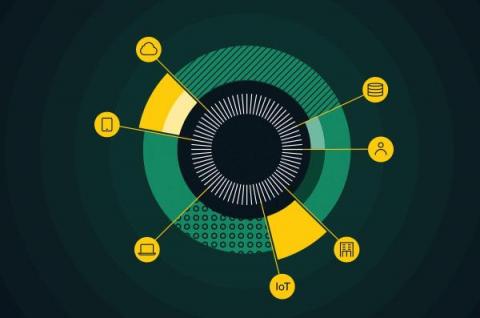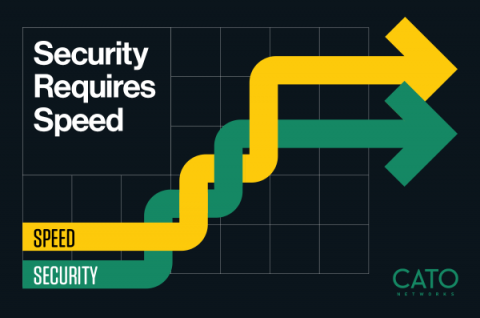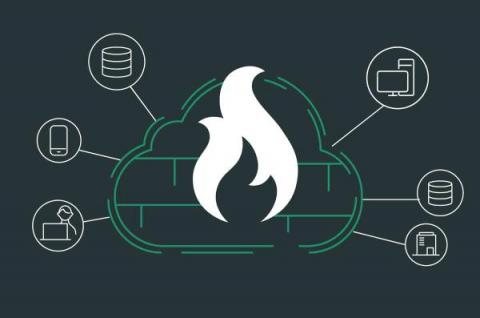Key Findings From "WAN Transformation with SD-WAN: Establishing a Mature Foundation for SASE Success"
SD-WAN has enabled new technology opportunities for businesses. But not all organizations have adopted SD-WAN in the same manner or are having the same SD-WAN experience. As the market gravitates away from SD-WAN towards SASE, research and consulting firm EMA analyzed how businesses are managing this transition to SASE. In this blog post, we present the key findings from their report, titled “WAN Transformation with SD-WAN: Establishing a Mature Foundation for SASE Success”.











